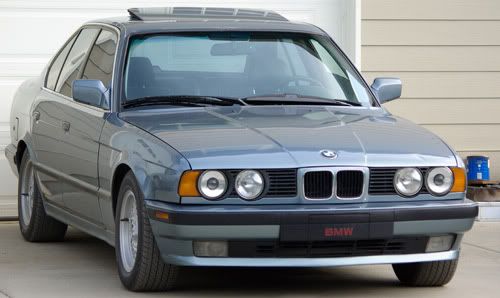Are you talking about the vapor recovery canister? That shouldn't come into contact with liquid fuel. The fuel/vapor separator routes evaporated fuel from the tank to the canister, and when the engine is running the canister purge valve opens to vent the canister to the engine intake manifold. Looking at the E39 Bentley, most engines (except for the M62/TU) have straightforward plumbing. Fuel pump -> filter -> rail -> regulator -> return line -> tank. The V8s are simpler where the regulator is built into the filter and the return line runs from the filter back to the tank. There's only a single line to the rail on the engine. If there's vapor there, it's either goign to recondense when the pump runs, or it's going to be blown through the injectors as the fuel fills the rail.
I found a spec on volume delivery for the E30. It's .5 GPM at full pressure, measured from the regulator return line with the engine off. Delilvery at reduced pressures, like an empty line is going to be higher, but by how much I don't know. For sure, the delivery of E34 and E39 fuel pumps are going to be greater than that.
Just for purposes of discussion, let's assume that fuel line has 1/4" ID and there's, say, 15' of it. And the rail is 3/8" ID and 2'. And the fuel filter accounts for 3oz. That amounts to 8.8 in3, 2.6 in3, and 5.4 in3 respectively. .5 GPM is about 115 in3 /per minute, so the total volume to charge is 16.8 in3. At roughly 2 in3 per second, that's about 8 or so seconds to charge a completely empty system. Now, I realize that these aren't actual numbers, but I'm just looking for a good engineering estimate. In reality, the E34 and E39 pump outputs are going to be higher, and the system volume will probably be roughly the same, so the charge time will probably be less than this estimate.




 Reply With Quote
Reply With Quote
